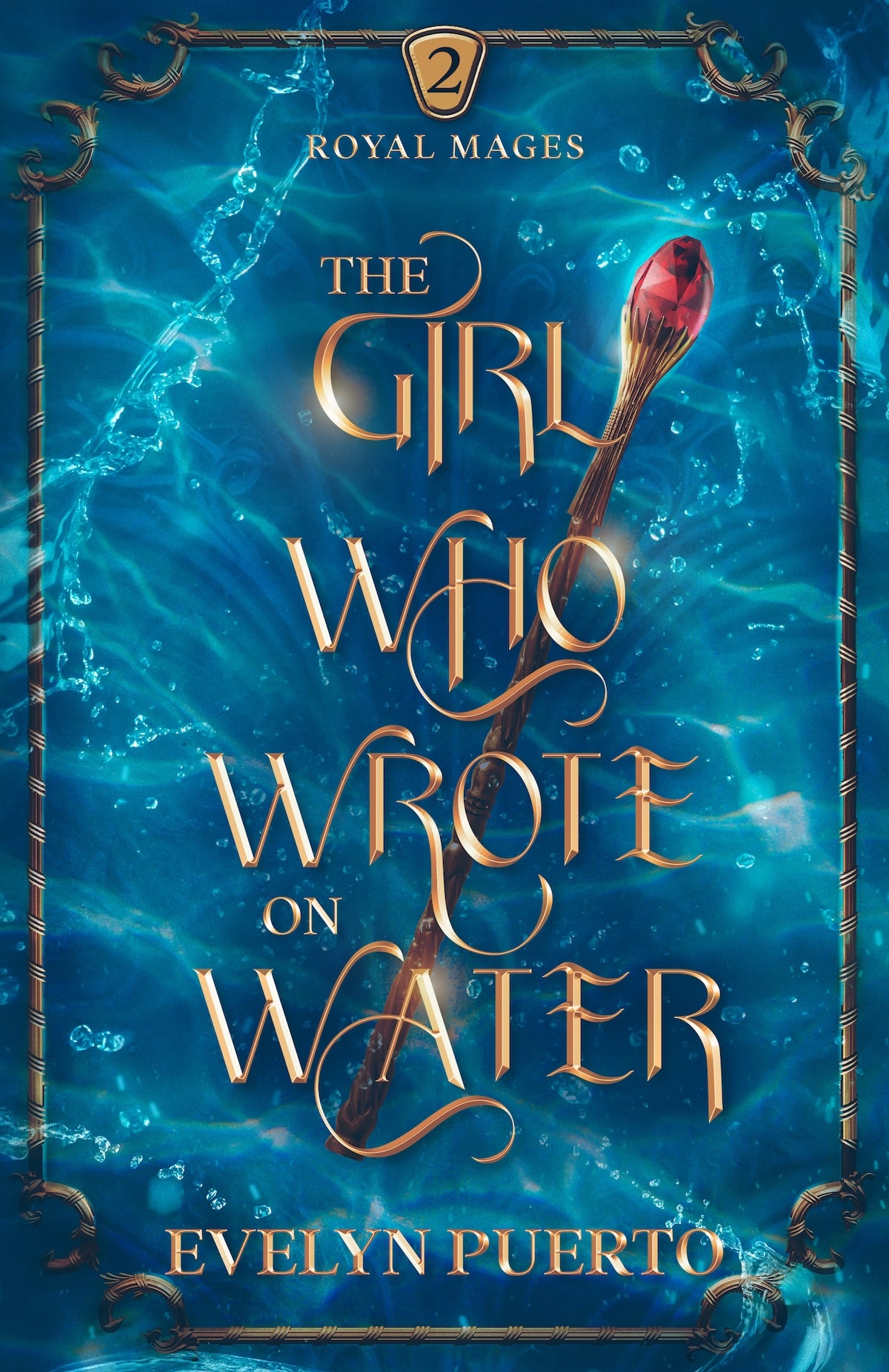There have been too many days when I didn’t know what to write about. I sat here waiting… waiting… waiting, but nothing came to me.
I used to think that some mornings I just wasn’t meant to write anything. Inspiration did not visit me, and instead I wasted hours drinking cold coffee while staring blankly at my computer screen.
Well, frankly, that sucked. So I started something new.


